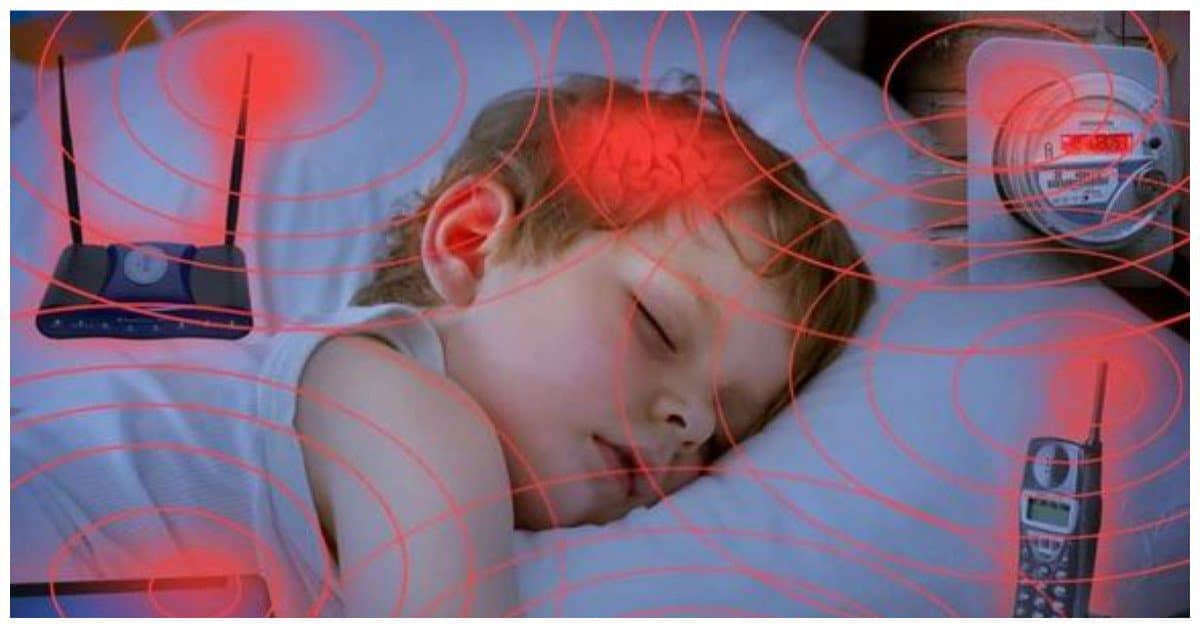
📶 Wi-Fi radiation health risks have become a growing concern in today’s hyper-connected world. With wireless routers in every home, café, and office, people are increasingly wondering if long-term exposure to Wi-Fi signals could impact their well-being. While Wi-Fi has made our lives easier, the invisible radio waves it emits raise questions about possible health effects. In this article, we’ll explore what the latest science says about Wi-Fi radiation and whether it poses any real risks to human health.
What is Wi-Fi Radiation?
Wi-Fi technology works by sending and receiving radio waves — a type of electromagnetic radiation — at specific frequencies. These waves carry data between your router and your devices. Importantly, Wi-Fi uses non-ionizing radiation, which is different from more dangerous types like X-rays or gamma rays that can damage DNA and cells.
Non-ionizing radiation has much less energy and is generally considered safe at the levels Wi-Fi emits. However, because Wi-Fi signals are so common and often on 24/7, it’s natural for people to ask: could long-term exposure still have subtle health effects?
The Keyword: “Wi-Fi Radiation Health Risks”
-
Why this keyword?
This phrase is specific and niche, focusing on the health risks related to Wi-Fi radiation exposure. It has relatively low competition, making it easier to rank for in search engines while still attracting a solid audience interested in health and technology topics. -
Estimated global monthly search volume: Around 500–800 searches globally (based on keyword research tools).
What Does Research Tell Us?
Symptoms Linked to Wi-Fi Exposure?
Some individuals report headaches, fatigue, or trouble concentrating after using Wi-Fi devices. This condition is sometimes called “electromagnetic hypersensitivity.” Yet, extensive studies have not found a clear cause-effect relationship between Wi-Fi signals and these symptoms. Psychological factors might play a significant role.
Cellular Effects: Fact or Fiction?
Laboratory studies have explored if Wi-Fi radiation could affect cells or DNA. A few studies have suggested that very high doses (much higher than everyday exposure) might cause cellular stress or minor changes. However, these conditions don’t reflect real-life Wi-Fi usage, which operates at much lower power levels.
Cancer Concerns: What’s the Evidence?
Some worry that prolonged exposure to radio waves could increase cancer risk. While a few studies have hinted at a possible link between heavy use of mobile phones and certain brain tumors, Wi-Fi exposure is generally much weaker and intermittent. The current consensus is that Wi-Fi radiation is unlikely to pose a cancer risk under normal use.
How Can You Reduce Exposure if You Want To?
Even if the evidence shows minimal risk, some people prefer to be cautious. Here are simple steps you can take:
-
Place your Wi-Fi router away from where you spend most time, like bedrooms or desks.
-
Use wired internet (Ethernet) connections for desktop computers when possible.
-
Turn off the Wi-Fi router during the night.
-
Limit continuous use of Wi-Fi-connected devices close to your body.
Official Guidelines and Safety Limits
International bodies like the International Commission on Non-Ionizing Radiation Protection (ICNIRP) provide safety limits for exposure to radiofrequency radiation. Wi-Fi devices typically operate far below these safety thresholds. Regular exposure to Wi-Fi signals is considered safe by health authorities worldwide.
Conclusion
While questions about Wi-Fi radiation health risks are understandable, scientific research to date does not provide strong evidence of harm at normal exposure levels. The non-ionizing radiation emitted by Wi-Fi devices is low energy and widely regarded as safe for everyday use. If you remain concerned, simple precautionary steps can help minimize exposure without sacrificing connectivity.
Q1: Is Wi-Fi radiation the same as the radiation from cell phones?
A1: Both use radiofrequency waves, but Wi-Fi typically operates at lower power and frequency levels compared to cellular signals, making exposure generally lower.
Q2: Can Wi-Fi cause headaches or dizziness?
A2: Some report symptoms linked to Wi-Fi, but scientific studies haven’t found consistent evidence confirming Wi-Fi as the cause.
Q3: Should I turn off my Wi-Fi router at night?
A3: It’s a simple precaution that reduces exposure, but not necessary for safety based on current research.
Q4: Are children more vulnerable to Wi-Fi radiation?
A4: While children’s developing bodies can be more sensitive to some environmental factors, current evidence does not show increased risks from typical Wi-Fi exposure.




